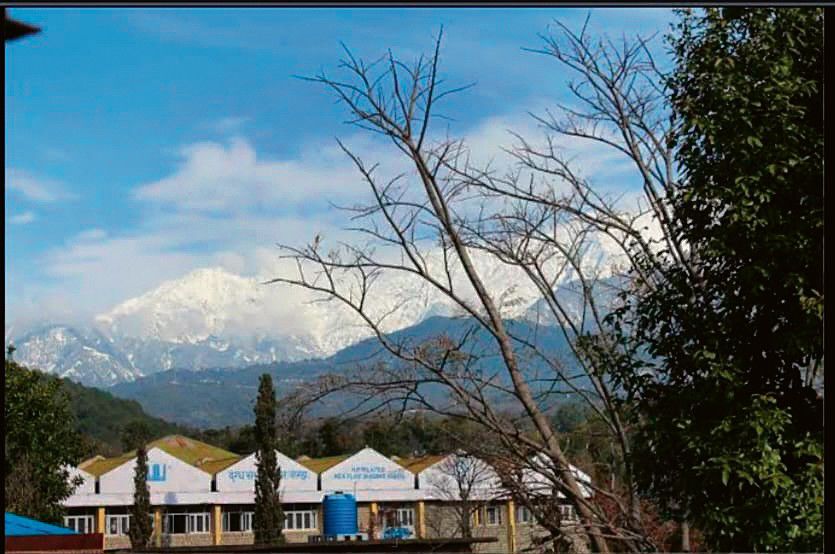Rs 201-cr ambitious plan to revive Dhagwar milk plant in Kangra
Raghav Guleria
Dharamsala, July 24
Chief Minister Sukhvinder Singh Sukhu, who has been talking of strengthening the dairy sector in the state, recently announced an allocation of Rs 201 crore for the construction of a state-of-the-art milk processing plant at Dhagwar in Kangra district.
While the Dhagwar milk plant near Dharamsala in Kangra district is set to play a vital role in this regard, it will be a challenge since all previous attempts, like the Integrated Dairy Development Project (IDDP) introduced in the state a couple of years ago, failed to yield results.
At the same time, however, the direct involvement of the CM might bring about a positive change. Announcing the funds for the project, Sukhu had said: “This plant is a testament to our commitment to improving farmers’ livelihoods and enhancing Himachal Pradesh’s dairy industry.” Earlier, he had also declared an increase in milk procurement rates from Rs 32 to Rs 45 a litre for cow milk and Rs 55 a litre for buffalo milk. The government initiative is being welcomed by dairy farmers. Des Raj of Jamanabad village, who owns three cows, is certain that the hike would inspire villagers to adopt dairy farming.
But the larger question is, where will the milk come from? The Dhagwar plant was set up by the Department of Animal Husbandry on 2.75 acres in the suburbs of Dharamsala and Kangra in 1986. It was built with the help of a German team at a cost of Rs 2.5 crore. Over the years, it failed to meet the objectives, with procurement centres at Darkata and Raja Ka Talab becoming non-functional.
Talking about the supply of milk, Akhilesh Prasher, the unit head, said: “At present, the milk is coming to the plant for processing from Parel, Lal Singhi, Bindraban, Jalari, Bangana and Milwan.” Against an initial capacity of 20,000 litres, the plant is procuring only 7,378 litres.
The ambitious plan is to process 1.50 lakh litres per day (LLPD), with potential expansion to 3 LLPD. The automatic facility is likely to produce a wide range of products, including curd, lassi, butter, ghee, paneer, flavoured milk, khoya, and mozzarella cheese — aimed at bolstering the economic prospects of farmers across Kangra, Hamirpur, Chamba, and Una districts.
Vikas Sareen, who has been running a milk procurement and distribution channel in Dharamsala areas for over 10 years, stated: “The bulk milk required to run the unit can be procured in due course of time as dairy farmers are motivated now and are not required to make distress sales for want of a procurement centre.”
He also suggested that the government should subsidise feed and fodder to keep the milk rate affordable. “Milkfed must also think in terms of channel partners, taking a cue from Amul or Verka model,” he added.









